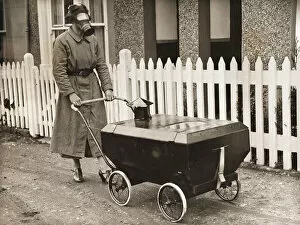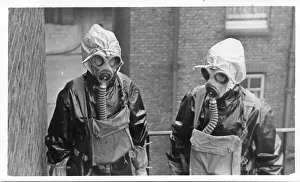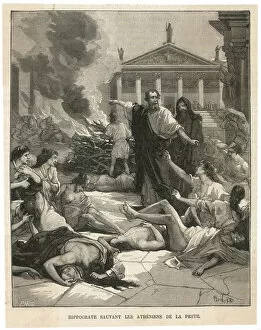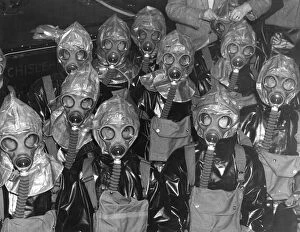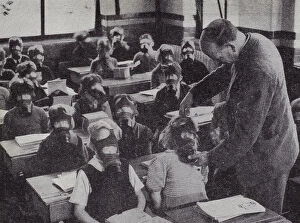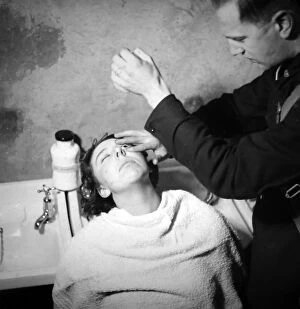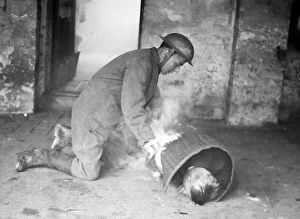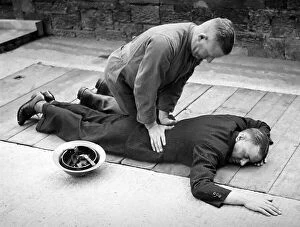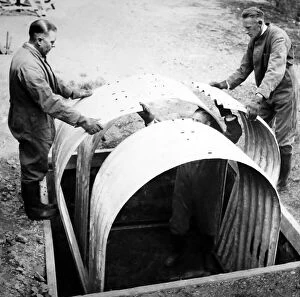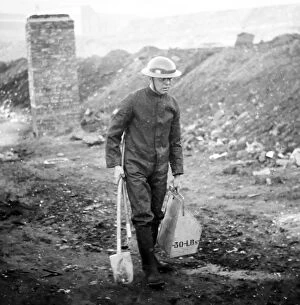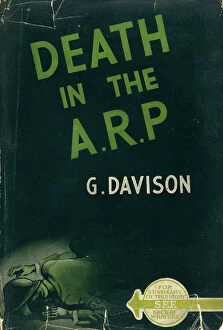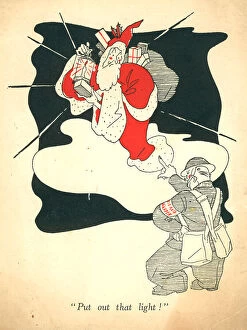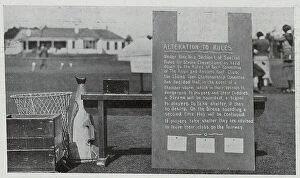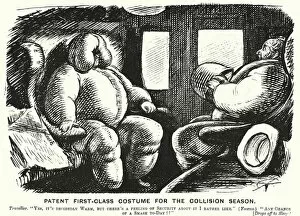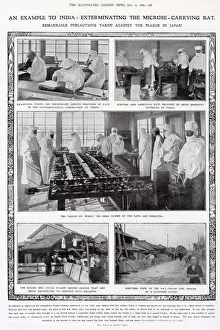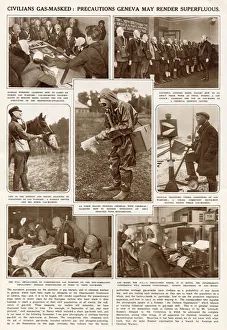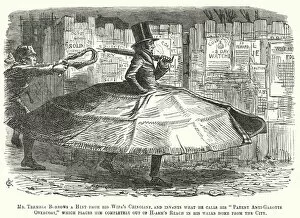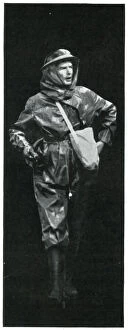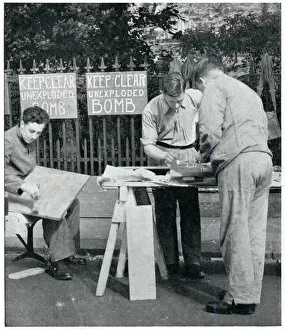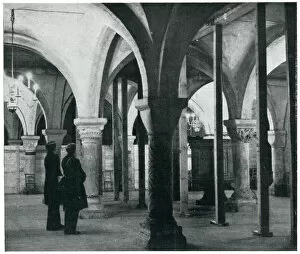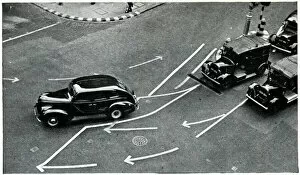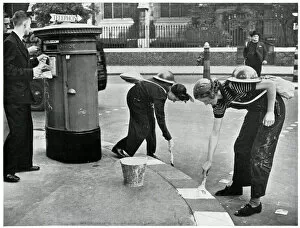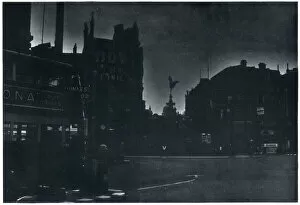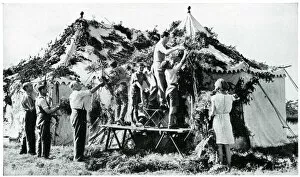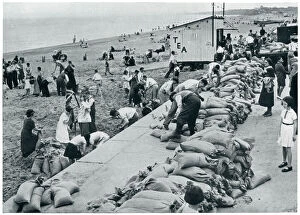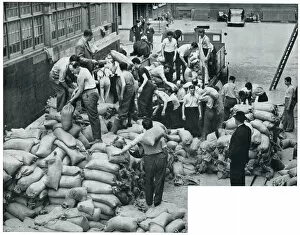Precautions Collection
During times of war and crisis, precautions become a vital part of everyday life. In 1938, the gas-proof pram was introduced to protect infants from potential harm
All Professionally Made to Order for Quick Shipping
During times of war and crisis, precautions become a vital part of everyday life. In 1938, the gas-proof pram was introduced to protect infants from potential harm. Two brave women police officers in London during World War II donned their gas masks as they patrolled the streets, ensuring safety amidst chaos. In an iconic black and white photo from 1939-1945, British schoolchildren diligently practiced putting on their gas masks, preparing for any possible attack. The image serves as a reminder of the innocence lost during those tumultuous years. The story of Hippocrates saving Athens resonates through history as he discovered that burning sulfur could purify contaminated air. This ancient precautionary measure laid the foundation for future advancements in protecting against harmful gases. In November 1937, Sidcup fire brigade members were captured wearing full gas clothing while responding to emergencies—a testament to their dedication and preparedness even under extreme circumstances. ARP training exercises showcased various precautions taken during wartime. From arriving after a simulated gas attack to removing clothing and burning it for decontamination purposes, these drills ensured individuals knew how to respond swiftly and effectively when faced with danger. Stretcher carrying techniques were honed during ARP training exercises—essential skills needed to transport victims safely away from hazardous areas following a gas attack. Medical personnel provided crucial treatment after such incidents, offering hope amid despair. ARP trainees also learned how to help someone on fire—an unimaginable scenario made real by intense preparation. Applying artificial respiration became second nature as first responders trained tirelessly to save lives in the face of adversity. Using stirrup pumps was another precautionary skill taught during ARP training exercises—a valuable tool used to extinguish fires caused by bombings or other attacks throughout World War II. These glimpses into history remind us that they can not just about preventing disaster but also about preserving life and safeguarding communities in times of uncertainty.

